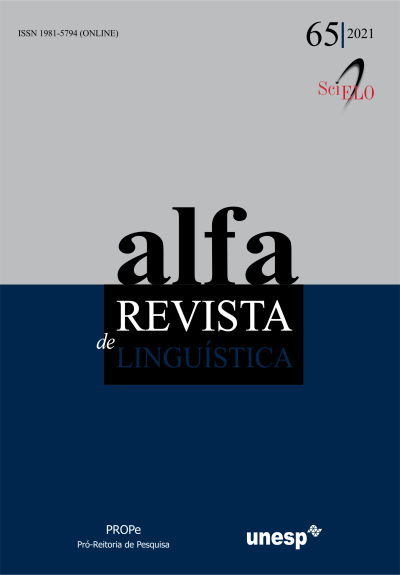Identifying adjectives in Karitiana by the use of semantic criteria
DOI:
https://doi.org/10.1590/1981-5794-e13070Keywords:
Linguistic Typology, adjectives, syntax, semantics, indigenous languagesAbstract
The aim of this paper is to discuss criteria for identifying adjectives in natural languages using the language Karitiana (Arikén, Tupi) as an example. Firstly, the most traditional syntactic criteria used in the literature by descriptivists and typologists are discussed (DIXON, 1991, 2004). Despite the importance of these criteria as a first approximation of the phenomenon of predication in natural languages, they have certain limitations for the identification of adjectives in languages in which this word class appears in sentences with the same inflection found in intransitive verbs, as in Karitiana. Therefore, some semantic criteria are presented for the characterization of adjectives based on the notion of scalar properties (KENNEDY, 1999; KENNEDY, MCNALLY, 2005). These criteria are used to discuss not only the adjectives class, but also the typology of natural languages intensifiers (NEELEMAN; VAN DE KOOT; DOETJES, 2004; DOETJES, 2008). In Karitiana, especially, the distribution and behavior of the modifier pita(t) ‘very/a lot’ (described in SANCHEZ-MENDES 2014a) was found to be fundamental in helping to identify adjectives in the language.
Downloads
Downloads
Published
How to Cite
Issue
Section
License
Manuscripts accepted for publication and published are property of Alfa: Revista de Linguística. It is forbidden the full or partial submission of the manuscript to any other journal. Authors are solely responsible for the article's content. Translation into another language without written permission from the Editor advised by the Editorial Board is prohibited.

